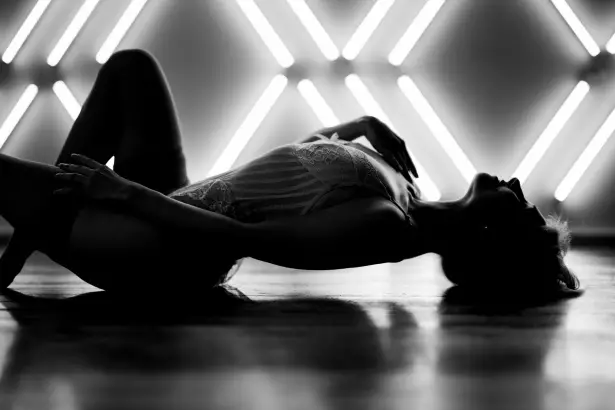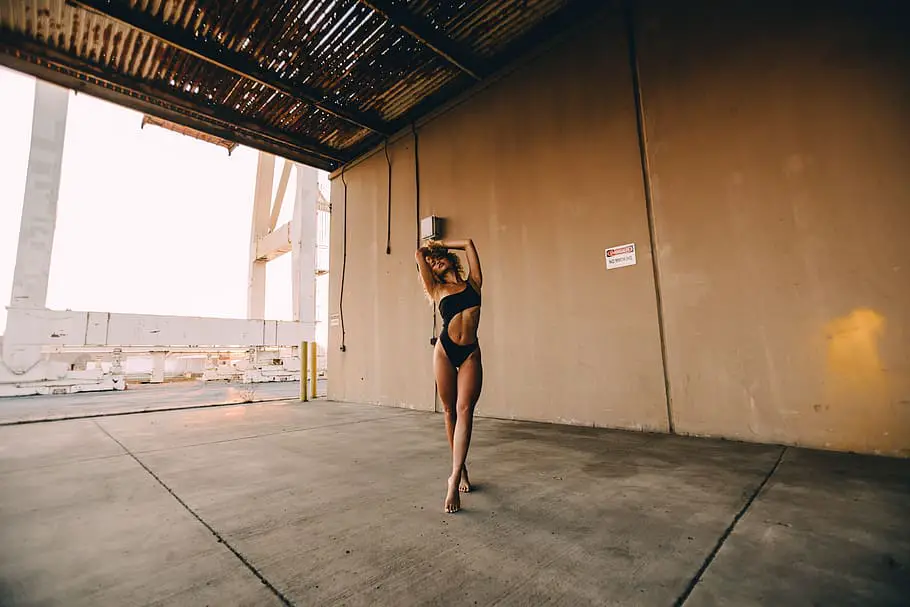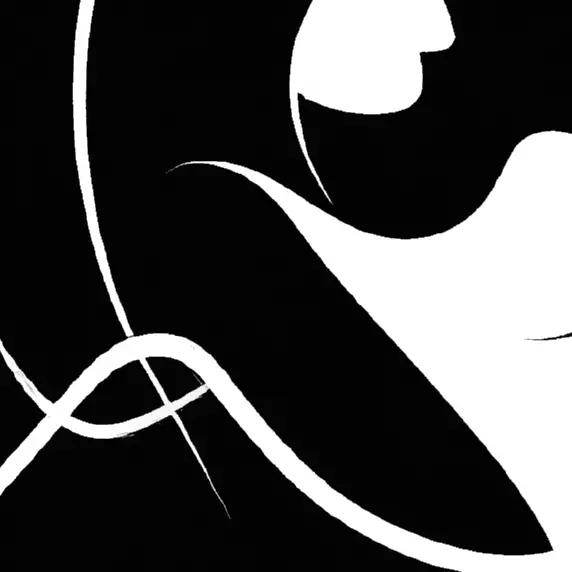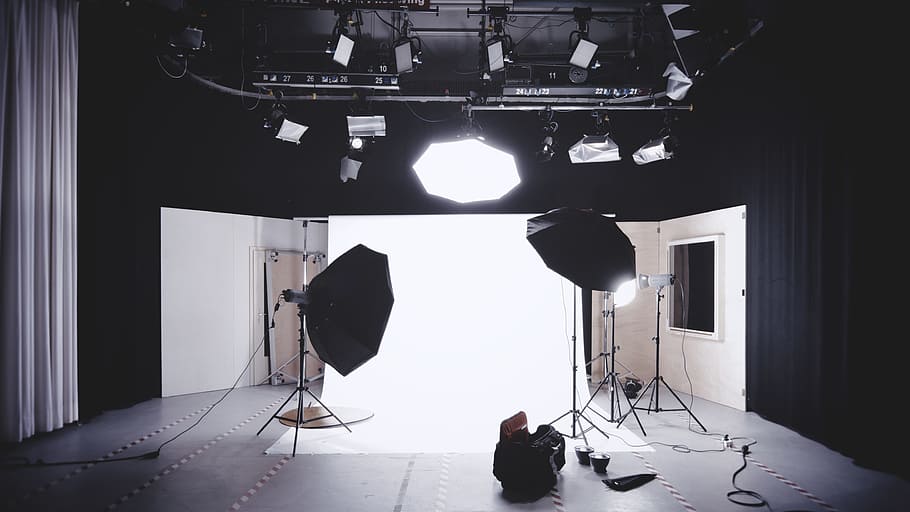The Ultimate Guide to Starting and Running a Boudoir Photography Business
Boudoir photography, a niche that celebrates the beauty, confidence, and sensuality of individuals, has seen a surge in popularity over the years. As more people seek to capture intimate, empowering portraits, the demand for skilled boudoir photographers has grown. If you’re considering diving into this rewarding field, our comprehensive guide will walk you through every step of starting and running a successful boudoir photography business.
Understanding Boudoir Photography
Boudoir, derived from the French word ‘boudeur’ meaning sulky, traditionally referred to a woman’s private sitting room. In photography, it has come to represent a style that captures individuals in intimate, romantic, or even erotic settings.
Key Features:
- Intimacy: Often shot in bedrooms or private studios.
- Empowerment: Celebrates the subject’s confidence and self-love.
- Artistry: Focuses on aesthetics, lighting, and mood.
Starting Your Boudoir Photography Business
1. Training and Skill Development
While natural talent is beneficial, formal training can refine your skills. Consider attending workshops, online courses, or partnering with a mentor. Study the work of photographers on Instagram or YouTube. Learn how to pose models, and talk them through the process. Practice, practice, practice.

2. Business Planning
Draft a business plan outlining your goals, target market, pricing strategy, and marketing approach. Look into boudoir photography costs and setup a plan to cover your expenses. Get creative and have fun with it.
3. Legal Considerations
Ensure you have the necessary licenses and permits. Always use contracts to protect both you and your clients.
4. Building a Portfolio
Offer complimentary sessions to friends or models to build a diverse portfolio. Ensure you have permission to use these images for promotional purposes.
Running Your Business
1. Marketing and Branding
- Website: Create a professional website showcasing your portfolio, client testimonials, and booking information.
- Social Media: Engage with potential clients on platforms like Instagram, Pinterest, and Facebook.
- Networking: Join photography groups, attend workshops, and collaborate with other industry professionals.
2. Client Experience
- Consultations: Discuss clients’ expectations, comfort levels, and vision.
- Privacy: Ensure clients’ images are protected, and always seek permission before sharing.
- Post-Session: Offer high-quality photo albums, digital galleries, or framed prints.

3. Continuous Learning
Stay updated with the latest photography techniques, editing software, and industry trends.
Essential Photography Gear for Boudoir Photography
Boudoir photography requires a delicate balance of intimacy and detail, and the right gear can make all the difference. Here’s a breakdown of the essential equipment to elevate your boudoir sessions.
1. Cameras
While the best camera is the one you have, certain models are favored in the boudoir community for their performance in low light and detail capture.
- Full-Frame DSLRs: Cameras like the Canon EOS 5D Mark IV or the Nikon D850 offer excellent image quality, performance in low light, and a broad dynamic range.
- Mirrorless Cameras: The Sony A7R IV or the Fujifilm X-T4 are popular choices. They’re compact, offer incredible image quality, and have fast autofocus systems.
2. Lenses
The lens you choose can dramatically affect the intimacy and detail of your shots.
- Prime Lenses:
- 35mm: With a large aperture and a bit wider view, this lens is great for low light bedroom sets, or photos that tell more of the story.
- 50mm: Often referred to as a “nifty fifty,” this lens is versatile and offers a perspective close to the human eye. It’s great for full-body or half-body shots.
- 85mm: This is a favorite for many boudoir photographers due to its flattering compression and ability to blur backgrounds beautifully.
- 135mm: The portrait lens of all portrait lenses. This lens performs beautifully in spaces that are on the larger size or for outdoor or urban boudoir. The sharpness is amazing, and the depth it ads to the scene allows for you to get great foreground and background interest. One downside is that you may need to be many feet away from your model so instructions will need to be louder.
- Zoom Lenses:
- Macro Lenses: For detailed shots, like close-ups of jewelry or intricate lingerie patterns, a macro lens can capture minute details.
3. Lighting
Natural light is a favorite for boudoir photography because of its softness. However, having additional lighting equipment can help in less-than-ideal conditions.
- Softboxes: These produce a soft, even light that mimics window light. They’re great for reducing harsh shadows.
- Reflectors: Useful for bouncing light and filling in shadows, especially when using natural light.
- LED Panels: These offer continuous lighting and can be adjusted to match the ambient light’s color temperature.
4. Tripods and Stabilizers
While many boudoir shots are taken handheld to capture spontaneous moments, having a tripod can be useful for specific compositions or slower shutter speeds.
- Tripods: Ensure it’s sturdy and has a smooth panning head for any movement shots.
- Gimbal Stabilizers: If you’re incorporating video into your sessions, a gimbal can help capture smooth footage.
5. Accessories
- Lens Filters: A soft-focus filter can add a dreamy, romantic touch to your images.
- Remote Shutter Release: Useful for shots where you don’t want to disturb the camera, ensuring sharp images.
Imagination Over Gear
Your gear is an extension of your vision. While it’s essential to have reliable equipment, remember that technique, understanding your client’s needs, and creating a comfortable environment are just as crucial in boudoir photography. Invest in gear that complements your style and continually seek to refine your skills for the best results.
Professional Etiquette for Boudoir Photographers
Boudoir photography is intimate by nature, making professionalism paramount. Ensuring your client’s comfort and trust is essential for capturing genuine, beautiful images. Here’s a guide on maintaining professionalism when meeting and working with models and clients in boudoir photography.
Here is a great video interview about making models/clients feel comfortable:
1. Pre-Session Consultation
- Open Communication: Before the shoot, discuss the client’s vision, boundaries, and any concerns. This will help set clear expectations for both parties.
- Educate Your Client: Explain the process, what they can expect during the session, and how you’ll ensure their privacy and comfort.
2. Setting Boundaries
- Written Agreements: Always have a contract that outlines the terms of the shoot, image usage rights, and privacy clauses. This protects both you and the client.
- Chaperones: Allow clients to bring a friend or family member. This can make them feel more at ease.

3. Professional Studio Conduct
- Dress Appropriately: Wear professional, neutral clothing that doesn’t draw attention. Your focus should be on making the client feel like the star.
- Respect Personal Space: Always ask for permission before adjusting a client’s pose or clothing. Use verbal directions as much as possible.
- Neutral Language: Use professional and neutral language. Avoid giving personal opinions about the client’s appearance or body.
4. Privacy and Discretion
- Secure Storage: Ensure that all images are stored securely. If you’re showing them online or in a portfolio, get written consent from the client.
- No Unsolicited Sharing: Never share boudoir images without explicit permission, even if they don’t reveal the client’s identity.

5. Continuous Learning
- Workshops and Training: Attend workshops on professional conduct and sensitivity training. This will equip you to handle various situations that may arise.
- Feedback: After the session, seek feedback from clients. This can help you improve and address any areas of concern.
6. Building Trust
- Transparent Processes: Let clients know how the session will flow, where they can change, and how their images will be processed and stored.
- Empathy and Patience: Understand that for many, a boudoir session can be a vulnerable experience. Be patient, listen actively, and offer reassurance when needed.
Professionalism in boudoir photography goes beyond technical expertise. It’s about creating a safe, respectful, and comfortable environment for your clients. By adhering to these guidelines, you’ll not only enhance your reputation but also ensure that your clients have a positive, empowering experience.
Challenges and Solutions
Every business faces challenges. Here are common ones in boudoir photography and how to address them:
- Body Image Concerns: Learn to pose clients in flattering ways. Offer reassurance and highlight their best features.
- Privacy Concerns: Use password-protected galleries and ensure clients’ data is secure.
- Market Saturation: Differentiate yourself by finding a unique style or niche within boudoir photography.
In Conclusion
Boudoir photography is more than just capturing intimate portraits; it’s about celebrating individuality, building confidence, and offering a transformative experience. With passion, continuous learning, and a client-centric approach, your boudoir photography business can not only thrive but also empower countless individuals along the way.


